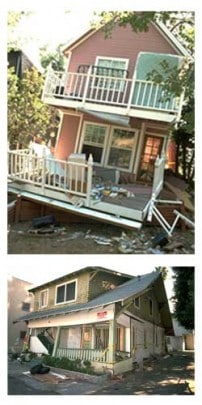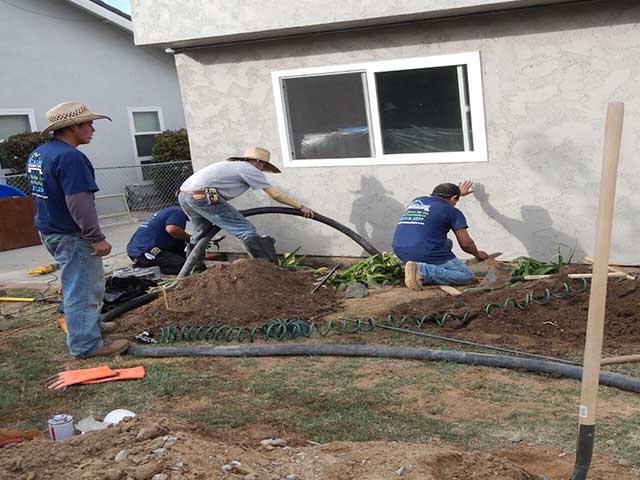The Northridge Earthquake in January 1994 approximately rearranged almost 2000 square miles of Los Angeles, leaving portions of it almost two feet higher than before.
The 6.7 magnitude quake also forced scientists to revise their estimates of the seismic hazard and risk facing the densely inhabited suburbs of metropolitan Los Angeles.
In the most comprehensive assessment of the Northridge earthquake so far, the scientists of the U.S. Geological Survey and the Southern California Earthquake Center say that people in the Los Angeles area should expect at least one earthquake every year of magnitude 5.0 or more for the foreseeable future.
Related: Retrofitting a Los Angeles home for earthquakes
Scientists say that with almost 100 faults in the Los Angeles area known to be capable of a magnitude 6.0 or greater earthquake, emergency and risk planners must recognize that urban earthquakes can no longer be considered rare events.
Today we understand that present building codes consider the type of shaking we perceived in this earthquake to be extreme. We now know this is not extreme and over the long run, contractors should expect that homes and buildings might be subjected to severe ground shaking several times over the coarse of the buildings life.
The 6.7 magnitude earthquake left 61 dead and caused at least $20 billion in damage.
The full extent of the urban corridor from San Bernardino through Los Angeles and northwest to Santa Barbara is at risk.
Related : Why does my home need to be retrofitted ?
Residents should expect the risk of at least one earthquake of magnitude 5.0 or greater every year, and they should strengthen buildings to withstand the repeated shocks, according to the most comprehensive reports so far.
This is an incredibly complex web of faults underlying all of Los Angeles. The Northridge Quake left more than 3,000 buildings unsafe, and scientists blamed much of the damage on faulty construction and inadequate building inspections.
One study suggested that simple measures such as securing computers, lights, pipes and bookcases could save millions. Although we now understand that the emphasis on protecting against loss of life says nothing about the cost of repair to restore the buildings to usability.
Related : Baja Earthquake Puts Strain On Los Angeles
Under the present codes, the buildings may not collapse but may never be usable again. It may be advisable to strengthen the codes to prevent much more of the damage that can occur in strong earthquakes.
Contact California Foundation Works for a Free* Estimate & Inspection today!


